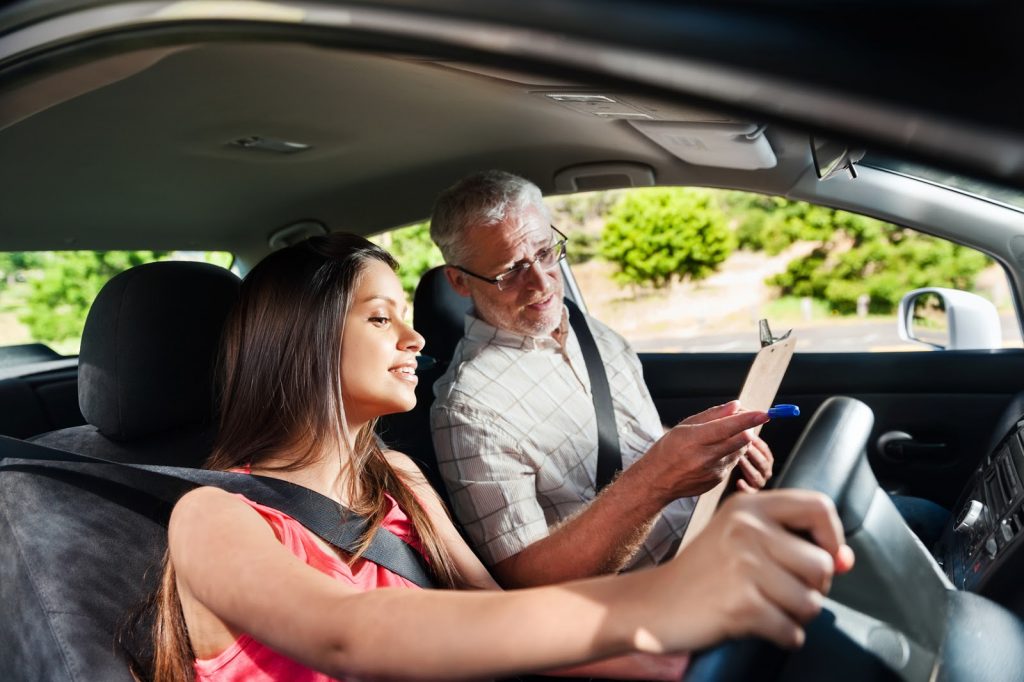

You do not receive feedback after each clip as in the practice. You must confirm whether you did or did not touch the screen after each film clip. If you did not touch the screen the clip will continue to play to the end without a sound or flash. The film clip may run for another few seconds, but there is no need to touch the screen again.

If you touch the screen during a clip you will hear a sound and the picture will flash – indicating the computer has recorded your response. Just like real driving where you only get one chance to respond to a situation, you will only be allowed to see each item once and cannot change your response once submitted. If you think it would be unsafe to act you should not touch the screen. Just like when you are driving on a real road, the HPT may show you situations where it would be unsafe to take an action such as turning or overtaking. Actions include slowing down, overtaking or crossing an intersection. The dashboard will show the speed and if indicators are operating.ĭuring the film clip you will need to touch the screen if and when you think an action is required. To help you understand the situation, the clip will be paused for 3 seconds before it starts playing. Touch the screen when you would slow down. You are driving along a 2-way street in a 60km/h speed zone. For example, you might be shown the following text: At the beginning of each HPT film clip you will be told about the situation.
#Rta nsw hazard perception test driver#
In the film clips you see what the driver sees and are told what the driver wants to do. The test is made up of 15 film clips of real traffic situations (randomly selected from a large pool of questions) to which you will be asked to respond. The Hazard Perception Test (HPT) is a touch-screen computer-based test that assesses your ability to recognise and react appropriately to potentially dangerous situations.


 0 kommentar(er)
0 kommentar(er)
